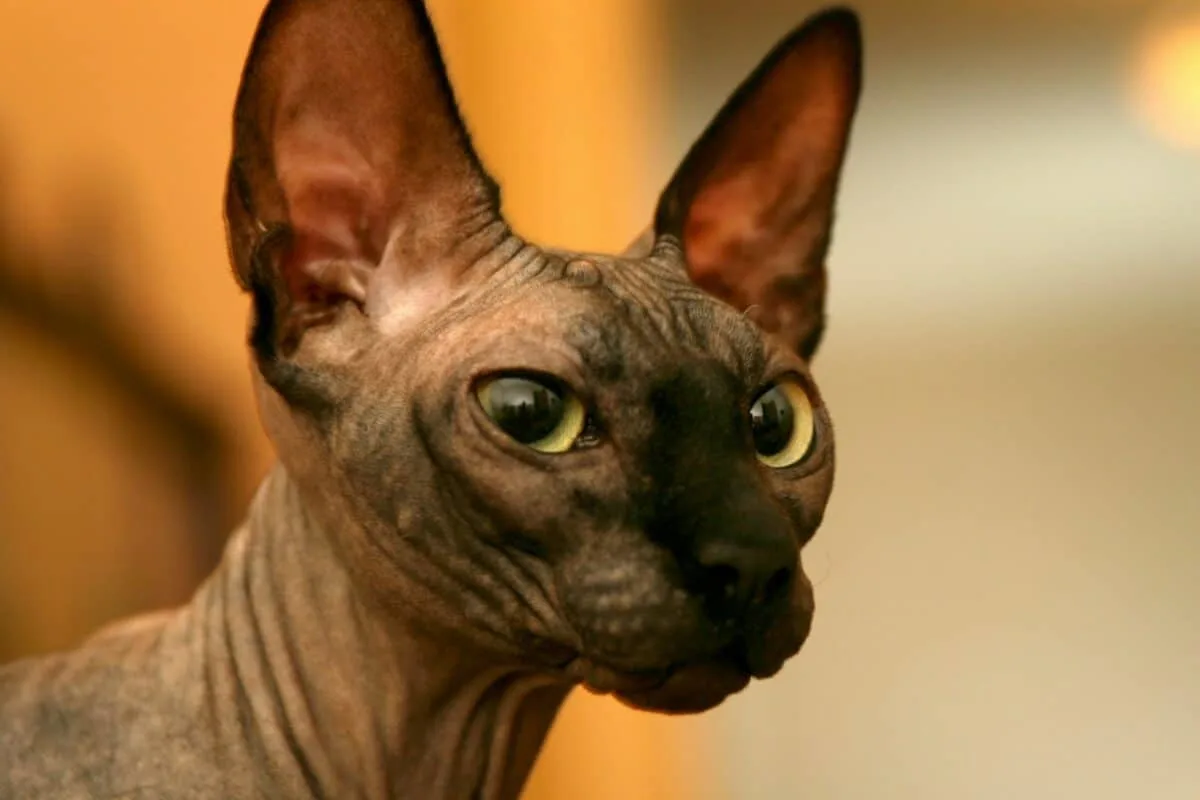Animals without hair, or those with very little of it, are found across a range of species. Over the years, these creatures have evolved in fascinating ways to live without fur! So, let’s look at interesting hairless animals and the reasons why they don’t have the typical furry covering!
The Hairless Cat

The Sphynx cat is a well-known breed of cat that lacks fur and is thus often referred to as the hairless cat. Despite the cat’s moniker, its smooth skin is covered in a soft, peach-like fuzz. Although it has an unusual look, the Sphynx is known for being a friendly, playful companion!
The Naked Mole-Rat

Naked mole rats are hairless rodents that live in underground tunnels in East Africa. In this case, their lack of fur helps them move through their burrows and tolerate the warm, stuffy conditions. Furthermore, they are also known for their incredible longevity and resistance to disease. However, in my opinion, they are not the nicest to look at.
The Hairless Dog

The Xoloitzcuintli, or Mexican Hairless Dog, is an ancient breed that often has little to no hair. In fact, its nearly bare skin makes it a good option for people with pet allergies. Despite their hairlessness, these dogs are energetic and devoted to their owners just like their furrier relatives.
The Bald Uakari

The bald uakari is a South American monkey with a striking red face and a bald head. Its lack of hair helps it stay cool in the hot, humid jungle environment. Moreover, this unique primate is an excellent climber and spends most of its time in the trees. It almost appears to be a monkey wearing a red mask!
The Hairless Guinea Pig
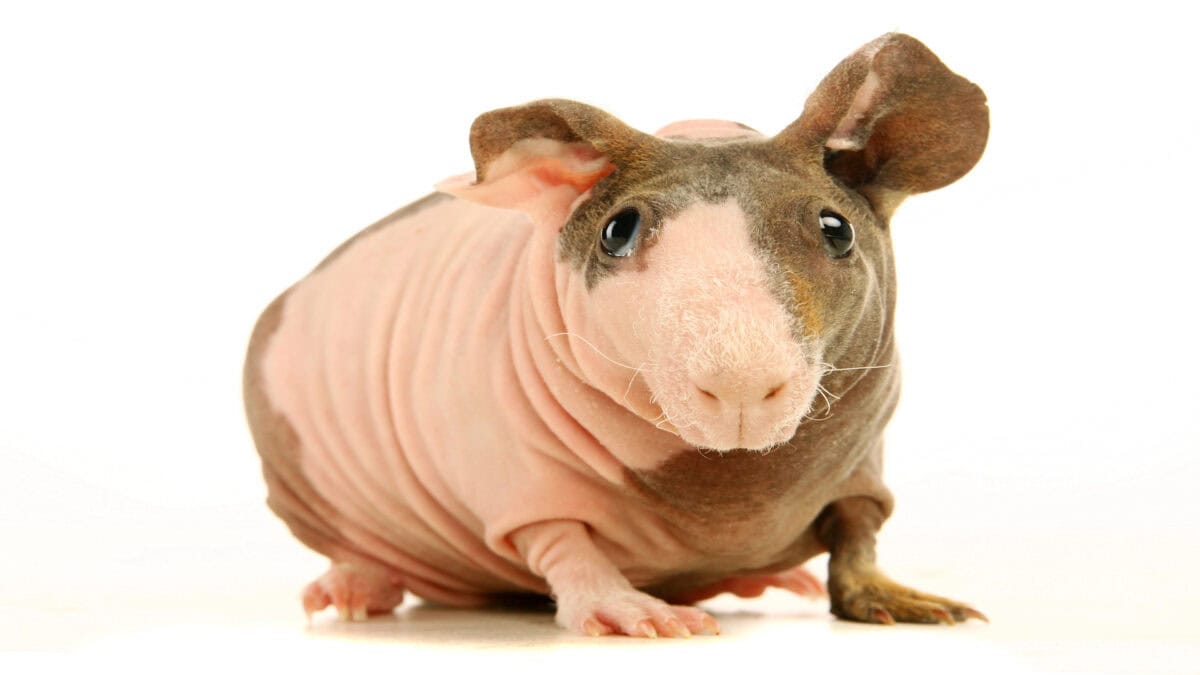
The skinny pig, or hairless guinea pig, has smooth skin instead of the usual fur. Interestingly, these small rodents need extra skin care to stay healthy and moisturized. Additionally, skinny pigs are popular pets because of their gentle nature and distinctive appearance.
The Chinese Crested Dog

The Chinese Crested dog is another breed that is known for its lack of fur. However, the hairless variety actually has tufts of hair on its head, feet, and tail. Also, this breed is loved for its affectionate personality and distinctive look much like the Mexican hairless dog.
The Axolotl

Axolotls are amphibians with smooth, hairless skin that helps them move through water. Amazingly, they are known for their amazing ability to regenerate lost body parts, including limbs and even parts of their organs! Furthermore, their unique look and fascinating biology make them popular pets.
The Dolphin

You might be wondering why dolphins are on this list, but have you ever considered that not many mammals are hairless? Dolphins are marine mammals with sleek, hairless bodies, which help them glide quickly through the water. Although they are born with tiny hairs, these disappear shortly after birth. Their smooth skin allows them to be efficient hunters and skilled swimmers!
Hairless Birds
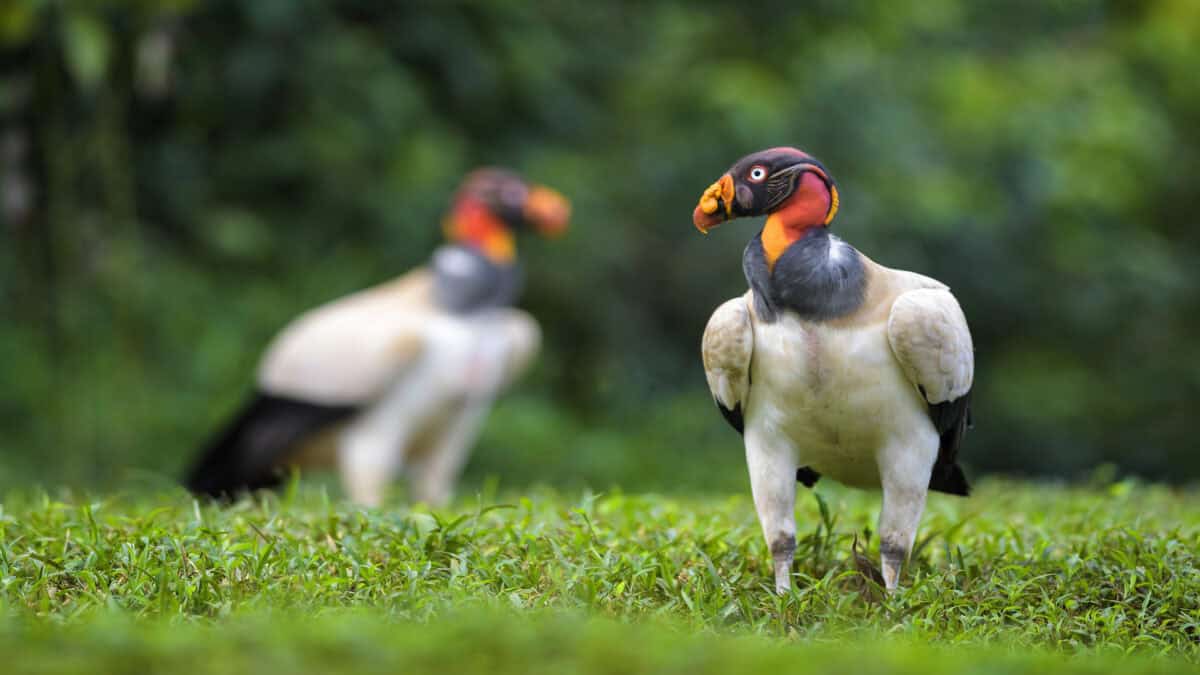
While most birds are covered in feathers, some species, like vultures, have bald patches, especially on their heads. This helps them stay clean while feeding on carrion, or prey. Additionally, having bare skin on certain body parts prevents bacteria from getting trapped in feathers.
Reptiles and Amphibians
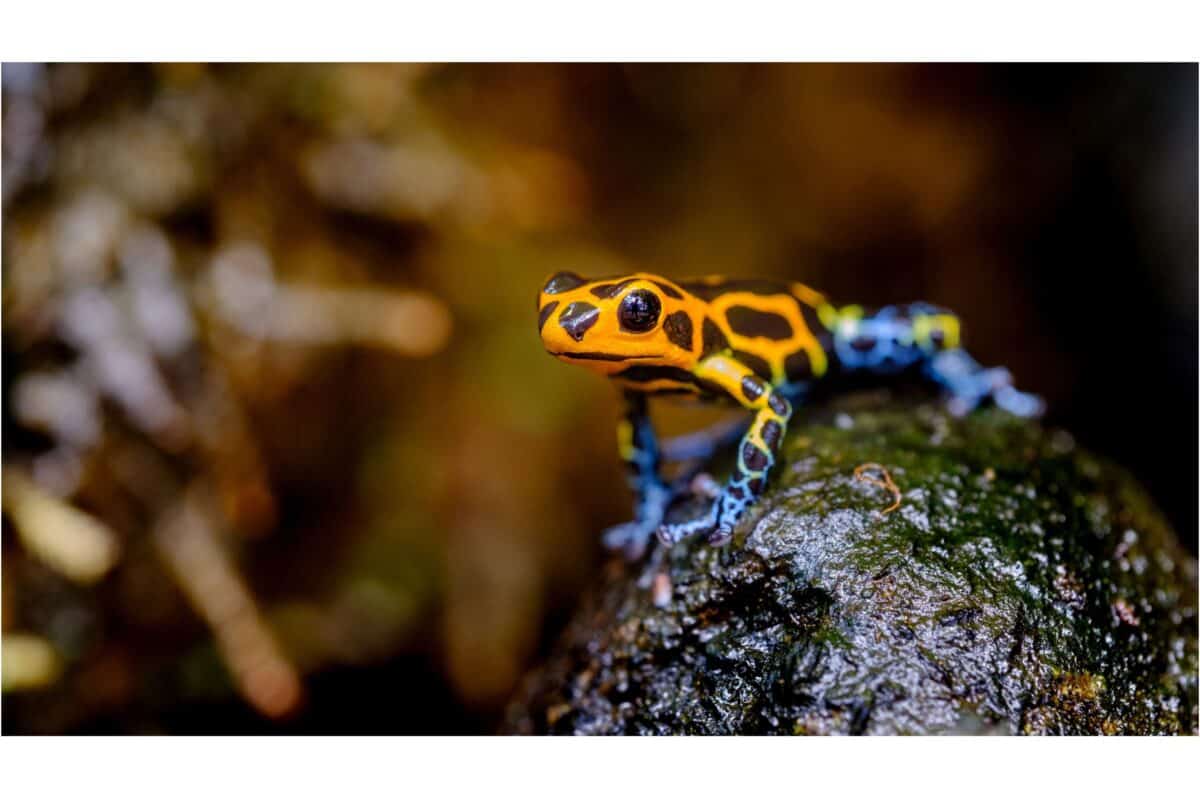
Reptiles and amphibians, like snakes and frogs, naturally lack fur. Their smooth, scaly, or slimy skin is adapted to their environments, helping them move efficiently and protect against dehydration. Unlike mammals, they rely on external heat sources to regulate their body temperature.
Hairless Mammals in the Water
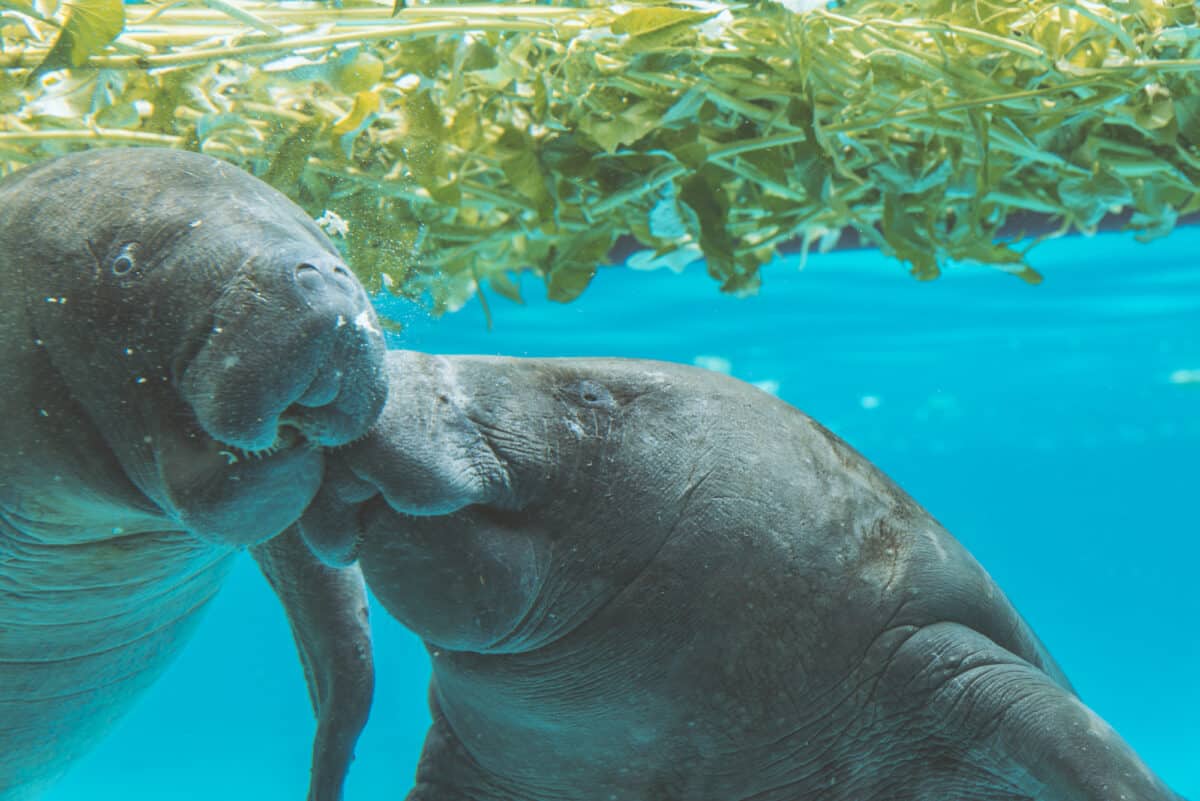
Many aquatic mammals, like whales and manatees, have little or no hair. Instead of fur, they have blubber, a thick layer of fat, to keep them warm in cold water. This hairless adaptation allows them to move more easily through the water and conserve body heat.
Conclusion: The Benefits of Hairlessness
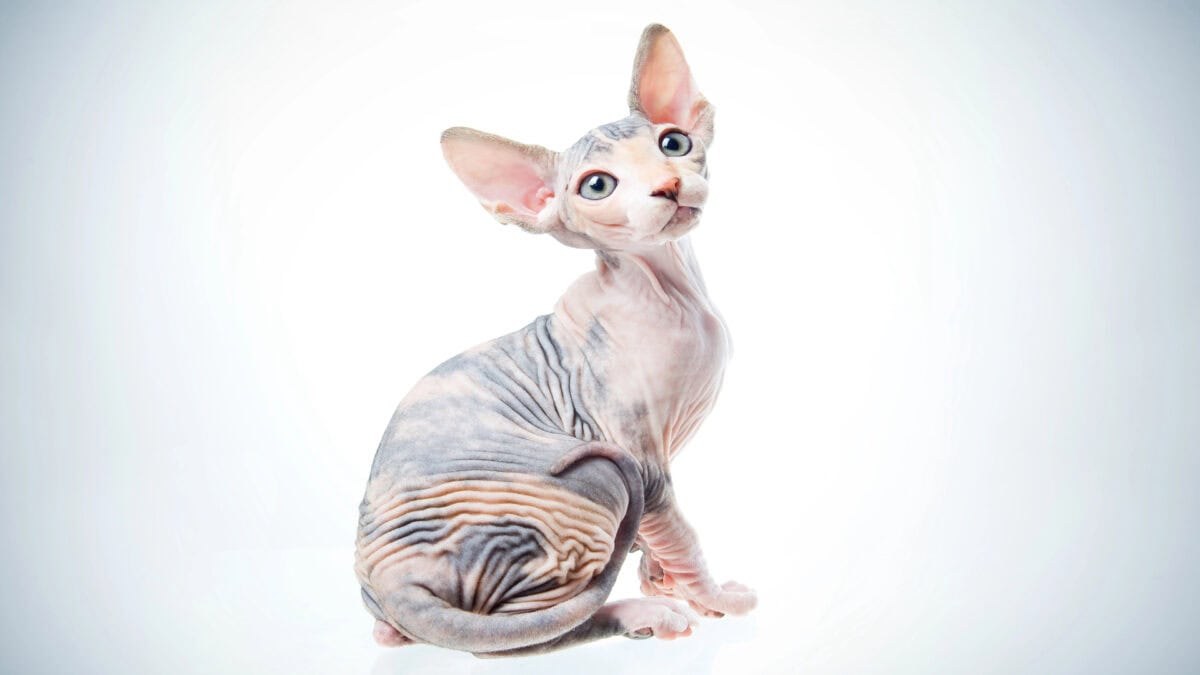
Hairless animals have developed different adaptations to thrive without the insulation that fur offers. From smooth skin that allows easier movement to other ways of regulating body temperature, these creatures show us how diverse life can be. Understanding them gives us insights into the fascinating variety of survival strategies found in nature.
- The Bizarre World Of Hairless Animals - August 19, 2025
- The 12 True Foxes From All Around The Globe - August 19, 2025
- Surprising Animal Group Names You Probably Didn’t Know - August 18, 2025

